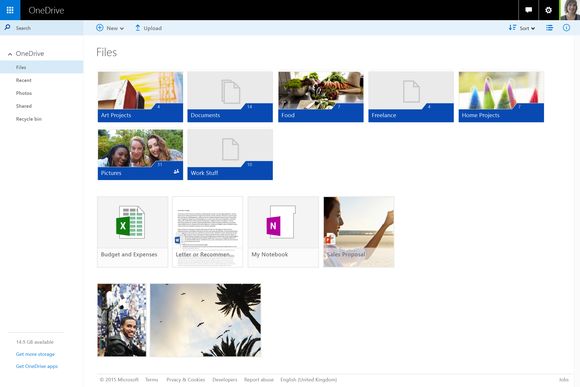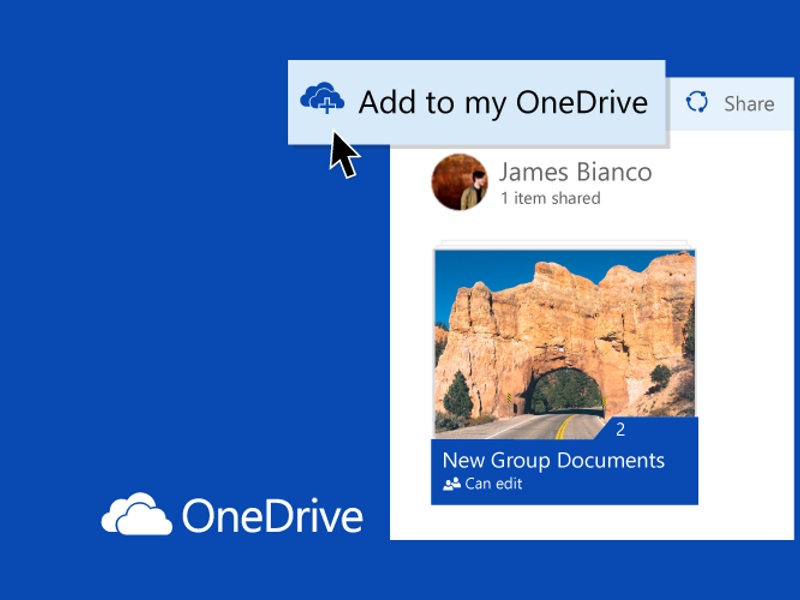
And then the Storage Sense function isn't also supported and even not running is such Published Application or Remote App sessions.Īt the moment we are a bit stuck. And now it is of couse very hard to tell them that the OneDrive-client isn't supported. More and more of our customers (I work at a Microsoft + Citrix-partner in Belgium and we have hundreds of customer-setups on RDSH and Citrix XenApp) are looking at adopting OneDrive. And in many Citrix XenApp-setups these Published Applications are one of the most used and super handy features.
Onedrive storage full#
This all is working (in a Full Desktop session).īut now we notice that OneDrive-client isn't officialy supported in a Published Application- or Remote App- (mini)-session. And we can deploy this powershell-script via a Group Policy. I had already created my own powershell-script to deploy the needed registry settings in the current-user registry to activate Storage Sense and indeed there is some strange construction (you called it cryptic settings…) needed with the ID of the user and some Providerkey-string. One of the more popular ones is from Jim Moyle. There are many maintenance scripts around that can be used. We have no idea what the threshold is for "low disk space" and we do not have much visibility or control over how the process is scheduled.Īlso, if you are using a technology like Microsoft FSLogix Profile Containers to manage your user profiles and OneDrive cache, you will not reclaim the space used in the cache even if the files are "dehydrated." With FSLogix containers, space is never reclaimed once committed unless you physically run a maintenance routine to shrink the VHD(x) once the space is freed. It is also annoying that Microsoft has not documented how Storage Sense works very thoroughly. It would be useful to be able to configure different Storage Sense settings for different groups of users, particularly with regard to the Downloads and Recycle Bin folders, because different users use these areas in different ways. One annoying thing about Storage Sense (and for a lot of newer Microsoft GPOs) is that these settings are computer config items. This cache can become a real bone of contention, particularly in RDSH environments, so it is good to have this functionality available. So in summary, we can now create an automated disk space reclamation schedule for our users that also clears out the OneDrive cache. Also, other Microsoft content that is potentially cloud-synchronized (such as OneNote notebooks) is not currently covered by Storage Sense. Other cloud storage, such as DropBox, is not supported, and it is unclear if it ever will be.


"Cloud-backed content" in this context refers specifically only to OneDrive and the OneDrive Sync Client. If the user needs to access a file again in the future, they can simply re-download it from the cloud storage location.

As mentioned, this is crucial for OneDrive management as you can reclaim disk space that is being used by the OneDrive cache. You can choose a threshold of up to one year (365 days). If you set this to 0, content will never be dehydrated. "Dehydration threshold" means that when the file has not been opened for the amount of time specified in the GPO, the file will be removed from the local cache and sent back to cloud storage only. The next setting is the "Configure Storage Sense Cloud Content dehydration threshold," and this one is key to the management of the OneDrive cache.


 0 kommentar(er)
0 kommentar(er)
